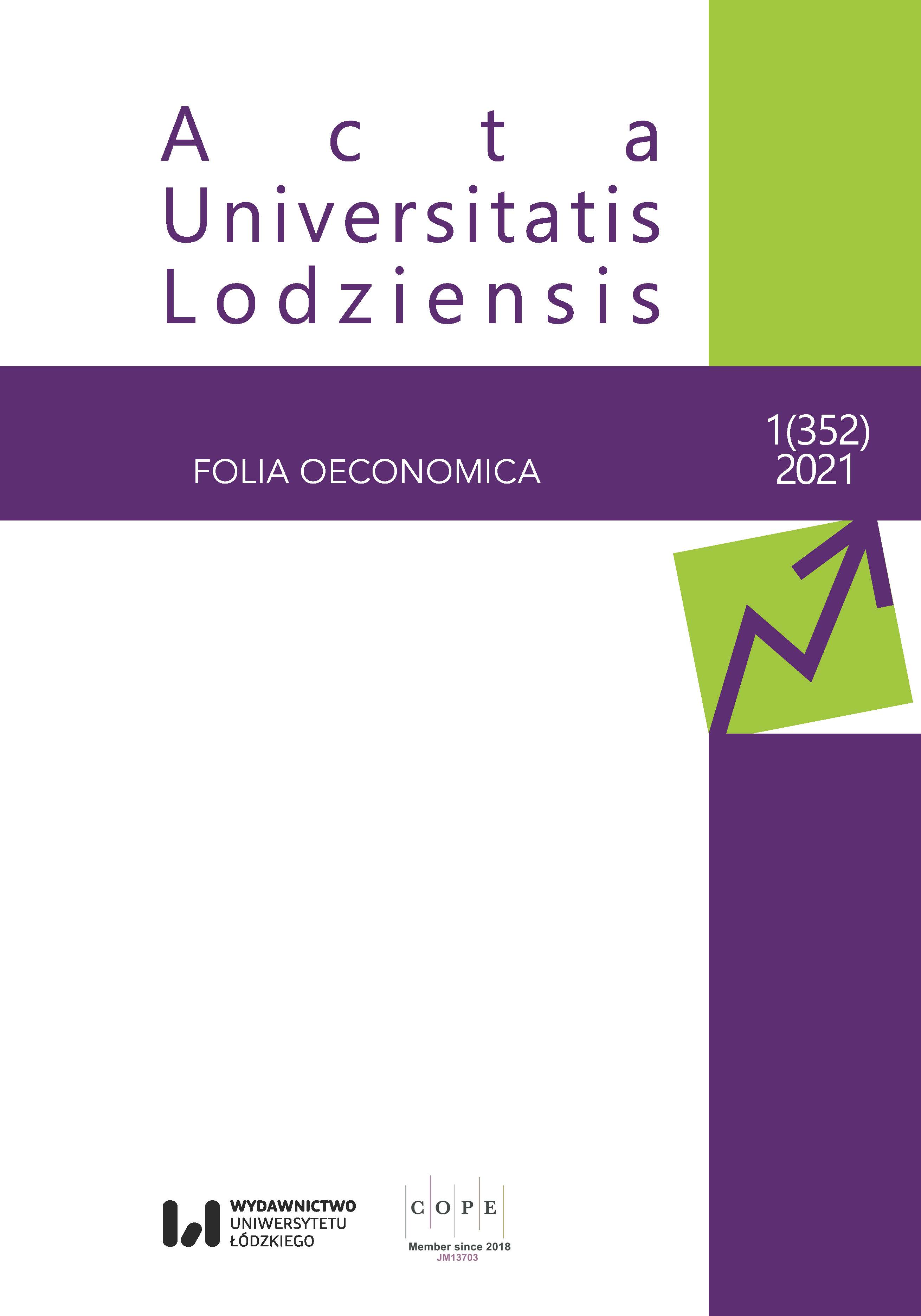Szacowanie wartości trudnego dziedzictwa kulturowego. Wycena dóbr nierynkowych metodą deklarowanych preferencji na przykładzie modernistycznego kompleksu biurowo-handlowego
Estimating the Value of Dissonant Cultural Heritage. Valuation of Non-market Goods Using the Stated Preference Methods on the Example of a Modernistic Office and Commercial Complex
Author(s): Zbigniew Przygodzki, Ignacy WaleskiSubject(s): Economy, Museology & Heritage Studies
Published by: Wydawnictwo Uniwersytetu Łódzkiego
Keywords: dissonant heritage; value of cultural heritage; stated preference methods (SPM); intangible assets of cultural heritage
Summary/Abstract: The concept of dissonant cultural heritage is well recognized in the literature. It appears in several perspectives, in relation to shameful nation’s history, fratricidal wars, totalitarian past, political regime, or aesthetic. In this article, subject of research is dissonant heritage that was the legacy of Soviet regime times 1945–1989 and at the same time – modernistic architecture, which is ambiguous in aesthetic valuation. Modernistic architecture (from socialistic era in polish history – called socmodernism) is visible in every polish city. It is used for residential, cultural, economic, public and other functions. Over the decades these buildings have devaluated in physical and moral aspects. More and more often in public discourse appears opinion which claim about necessity of removal these part of unwanted history from polish cities landscape. The question arises whether the removal through destruction or general renovation of cultural heritage is the best way to urban renewal? This particular work includes induction approach, basing on intentionally selected object, that indicate clear stigmatizing as well as historic features. The main aim of the work is to estimate the value of chosen socmodernistic object, which for many years was the most recognizable and dominant object in central area. The research challenge in this area was an appropriate selection and adaptation of valuation method and also results interpretation. Research were achieved basing on Stated Preference Methods (SPM). The subject of research is recognizable, distinctive for the city of Lodz and its residents, arbitrary chosen office and commercial complex – “Central”. The study was conducted among users of the facility. Research results prove that if a building is characterized by a high level of usability, its value remains high despite the stigmas of dissonant cultural heritage.
Journal: Acta Universitatis Lodziensis. Folia Oeconomica
- Issue Year: 1/2021
- Issue No: 352
- Page Range: 7-23
- Page Count: 17
- Language: Polish

